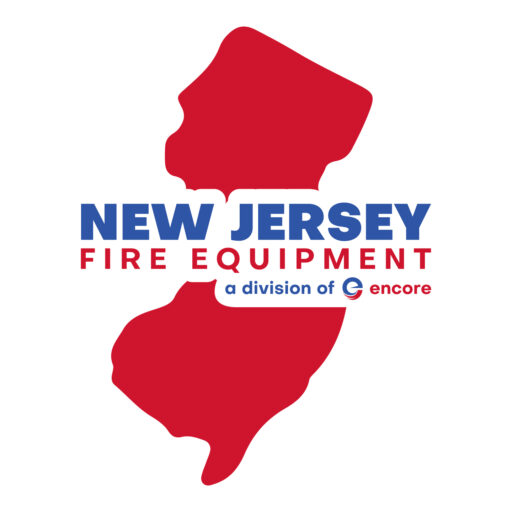Cools burning material.
- APW (Air pressurized water) cools burning material by absorbing heat from burning material. Effective on Class A fires, it has the advantage of being inexpensive, harmless, and relatively easy to clean up. In the United States, APW units contain 2.5 gallons (9 litres) of water in a tall, stainless steel cylinder.
- Water Mist uses a fine misting nozzle to break up a stream of deionized water to the point of not conducting electricity back to the operator. Class A and C rated. It is used widely in hospitals for the reason that, unlike other clean-agent suppressants, it is harmless and non-contaminant. These extinguishers come in 1.75 and 2.5 gallon units, painted white in the United States.
Wet chemical and water additives
- Wet Chemical (potassium acetate, carbonate, or citrate) extinguishes the fire by forming a soapy foam blanket over the burning oil and by cooling the oil below its ignition temperature. Generally class A and K only, although newer models are outfitted with misting nozzles as those used on water mist units to give these extinguishers class B and C firefighting capability.
- Wetting Agents Detergent based additives used to break the surface tension of water and improve penetration of Class A fires.
- Antifreeze Chemicals added to water to lower its freezing point to about -40 degrees Fahrenheit. Has no appreciable effect on extinguishing performance.
